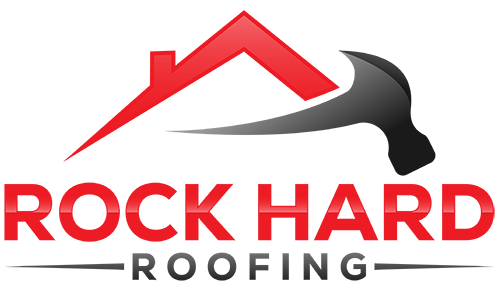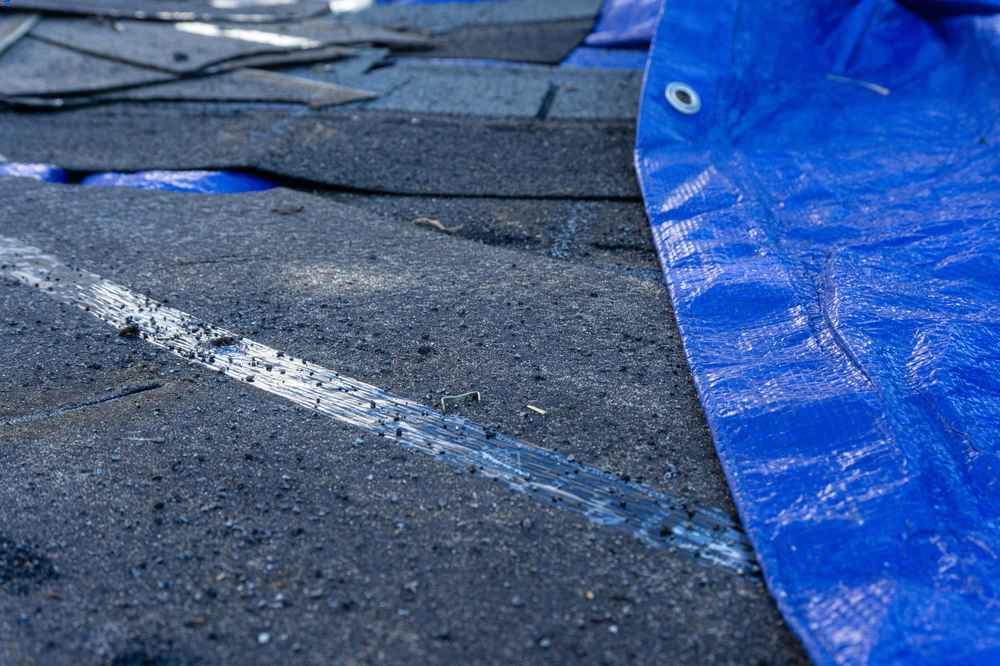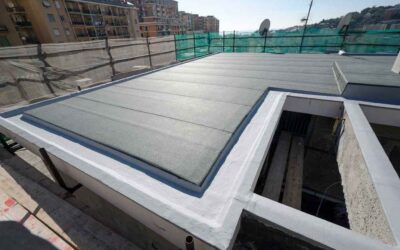Storms in Minneapolis can hit fast and hard. One minute, it’s calm, and the next, your home is being pounded by wind, rain, hail—or all three. If you’re a homeowner in Minneapolis, MN, knowing how to spot roof damage after a storm is one of the most important things you can do to protect your house.
At Rock Hard Roofing, we help local homeowners like you check for damage, get repairs done right, and avoid costly problems down the road. Let’s go over simple, practical tips for assessing storm damage on a roof—so you know what to do when the skies clear.
If you’re wondering how to find storm damage after the weather settles, this guide is for you. We’ll walk you through practical, easy-to-follow tips for assessing storm damage on your roof so you can protect your home and make smart repair decisions.
Why Storm Damage Is a Big Deal
Your roof is your home’s first line of defense. When it’s compromised by hail, wind, or flying debris, even small damage can lead to bigger problems down the line—like water leaks, mold, or structural issues. That’s why inspecting your roof as soon as possible after a storm is critical.
Even if you don’t see obvious damage from the ground, it’s important not to assume your roof is fine. Many signs of storm damage on a roof are subtle but still serious. Knowing what to look for—and when to call in a pro—can make all the difference.
Step 1: Walk Around Your Home
As soon as it’s safe, take a walk around your house. Look closely at your yard, driveway, and any outdoor spaces. You’re looking for signs like:
- Shingles or roofing pieces on the ground
- Bent or broken gutters
- Metal flashing that fell off the roof
- Tree branches or limbs on or near your roof
These are often the first clues that something on your roof got damaged. If you spot any of these, it’s time to take a closer look.
Step 2: Inspect from a Safe Distance
You don’t need to climb on your roof—in fact, we recommend that you don’t. Instead, step back and check your roof from a safe distance. Use binoculars if you have them. From the ground, you might be able to see:
- Missing, curled, or cracked shingles
- Shiny spots where granules have been knocked off by hail
- Bent or lifted flashing (the metal around vents or chimneys)
In many Minneapolis neighborhoods, roofs take the brunt of high winds and hail during summer storms. Knowing what hail damage looks like, like pockmarks or small dents in shingles, can help you decide when to call in the pros.
Step 3: Check Your Gutters and Downspouts
Gutters aren’t just for rainwater—they can also show signs of storm damage. After a big storm, look for:
- Dents or cracks in your gutters
- Granules from shingles collecting in your downspouts
- Loose or sagging gutter sections
Granules help protect your shingles from sun and rain. If they’re washing off in a storm, your roof could wear out faster—and your insurance company may cover the repair if you catch it early.
Step 4: Look Inside Your Attic
Not all storm damage is visible from the outside. That’s why checking your attic or top-floor ceiling is a key part of how to find storm damage before it becomes a major repair. Inside your home, look for:
- Water stains on walls or ceilings
- Damp insulation
- Musty odors (a sign of mold or mildew)
- Daylight shining through the roof boards
These signs can appear days after a storm if moisture has had time to seep through damaged roofing materials. Don’t wait for a bigger problem. If you find anything suspicious, call a roofing professional in Minneapolis, MN, right away.
Step 5: Take Photos and Document Everything
This step is simple but powerful. Take pictures of anything that looks damaged—shingles, gutters, water stains, or fallen branches. Write down the time and date of the storm and anything you noticed. This info will help:
- If you file an insurance claim
- When you talk to a roofing company
- To keep track of the damage and repairs
Your photos don’t have to be perfect—just clear. If you can, take wide shots of your home and close-ups of problem areas.
Step 6: Talk to Your Neighbors
This one might surprise you, but it’s one of the most overlooked steps in how to find storm damage. If your neighbors have already contacted a roofer or noticed damage to their own homes, there’s a good chance your property was affected too—especially since Minneapolis, MN storms often follow a narrow path with high-intensity wind or hail.
Ask if others on your block are dealing with roof issues, and see if they’ve scheduled inspections. Sometimes just one conversation can help you realize you need to take a closer look.
Step 7: Schedule a Professional Inspection
Even if everything looks okay, it’s still smart to get a professional inspection after a storm. Some damage isn’t easy to spot unless you know exactly what to look for. At Rock Hard Roofing, we offer free roof estimates in Minneapolis, MN, and the surrounding area. Our team will:
- Check your roof, gutters, and attic
- Take detailed notes and photos
- Help you understand the next steps
- Work with your insurance if needed
We’re local, reliable, and trusted by homeowners throughout the Twin Cities.
Why Timely Action Matters
Waiting too long to fix storm damage can lead to expensive repairs later on. Roof leaks can affect your attic insulation, drywall, and even electrical systems. Plus, insurance companies may limit how long you have to file a claim after a storm.
Don’t wait until you notice a leak—by then, the damage may have already spread. Acting early is your best bet to protect your home and your wallet.
Ready to Schedule Your Free Storm Damage Estimate?
If your home in Minneapolis, MN, has been hit by a recent storm—or you’re just not sure—contact Rock Hard Roofing for a free roof inspection. Our experts will assess your roof, document any storm damage, and guide you through the next steps.
We’re here to help you protect your home with honest, expert care. Schedule your free estimate today and get peace of mind knowing your roof is in good hands.





